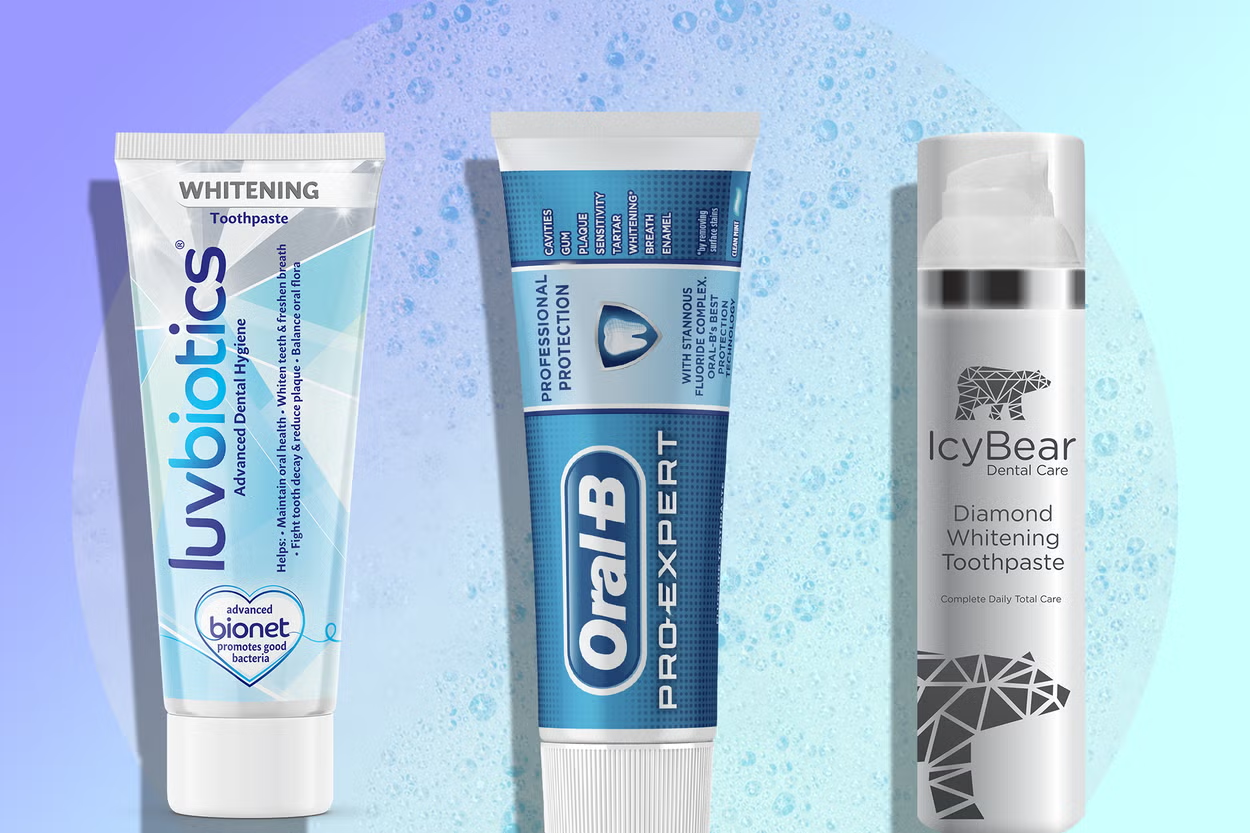
It sits by the sink. Familiar. Unquestioned. A squeeze, a brush, a rinse. Routine. But what’s in that toothpaste? You may have never really asked. Not the flavor, not the packaging. What does it actually do—inside your mouth?
Fluoride. Whitening agents. Desensitizers. Each claims something. But the ingredient list isn’t designed for quick reading. Or easy understanding. You trust the box. Maybe the brand. Rarely the label.
And still, you wonder why your teeth feel sensitive. Or why your gums bleed sometimes. Or why breath doesn’t stay fresh. That little tube may not be helping as much as you think.
It Says “Whitening” But You Can’t Tell If It’s Actually Working
Some pastes promise brightness. They show glowing smiles on the box. You brush longer, hoping. Days pass. The mirror shows little change. Your teeth feel clean, but not whiter.
Whitening toothpaste often removes surface stains. Not the ones buried deeper. The effect is limited. Sometimes it also causes sensitivity. The polish that scrubs away discoloration can be harsh on enamel.
You keep brushing. Still waiting. Meanwhile, the same ingredient slowly erodes protection. You didn’t notice. Until cold water started feeling sharp. Now the glow isn’t worth the sting.
You Thought the Foam Meant Clean—But It’s Just Air
That thick foam that fills your mouth feels satisfying. But it doesn’t mean anything. It’s a surfactant, not a cleaner. Sodium lauryl sulfate creates bubbles, not health.
You associate the foam with fresh breath. With a good job done. But the foam can irritate. It can dry out the tissues. Some people develop ulcers from it. You might never connect the dots.
When the brushing ends, the mint stays. But freshness isn’t just taste. If the ingredients irritate your mouth, they may do more harm than help. Clean doesn’t always mean comfortable.
Your Gums Keep Bleeding, and It’s Not Always the Brush
You rinse and see red. A little blood. You blame the brush. Maybe flossing too hard. But the bleeding continues. Even on days you’re gentle. The paste says “for gum health.” Still, nothing changes.
Some formulas contain antibacterial agents. Others use herbal blends. Few target the root cause. Inflammation doesn’t respond to mint. It needs something deeper. A formula that calms rather than masks.
And if the toothpaste leaves your mouth feeling dry, the irritation can worsen. Saliva protects. When it’s stripped away, gums struggle. Healing slows. Bleeding lingers.
You Buy for Sensitivity, But Feel Like You’re Still Waiting
Desensitizing toothpaste promises relief. Some work by blocking pain signals. Others seal tubules. But results take time. And not all products suit every case.
You brush twice daily. You wait. The sharpness stays. Ice cream still hurts. You wonder if it’s working at all. Maybe it’s the formula. Maybe the brand. Or maybe it’s your brushing technique.
Some pastes only work on surface issues. Others need weeks to build protection. If your toothpaste claims instant results, question it. Relief rarely works on a schedule.
It Says “Natural,” But That Doesn’t Always Mean Better
Labels shout “chemical-free.” “Organic.” “Clean.” But natural doesn’t mean effective. Or safe. Charcoal, for example, feels trendy. But it’s abrasive. Over time, it scrapes enamel.
Some herbal pastes skip fluoride entirely. For people prone to cavities, that’s risky. Others add essential oils that irritate. What helps one person may harm another.
You may like the idea of avoiding harsh ingredients. But be cautious. Not all natural options protect as well. Sometimes the cleaner choice isn’t the better one for your mouth.
You Switched Brands, But Your Teeth Still Don’t Feel Right
You’ve tried three different brands this year. One tasted too sweet. Another felt gritty. The third caused a burning sensation. Nothing feels like a perfect fit.
That’s because toothpaste isn’t one-size-fits-all. Some mouths need fluoride. Others don’t. Some need low abrasion. Some need tartar control. Most people guess. Few test.
And so the cycle continues. You experiment. You adjust. Your oral health responds in small, confusing ways. The best toothpaste for you might not be the one on sale. Or the one with the best ad.
If It Burns, It’s Probably Telling You Something
Some pastes sting. You assume it means “strong.” But burning isn’t a feature—it’s a red flag. It means the ingredients may be too harsh. Or your mouth too sensitive.
Alcohol-based pastes can dry tissues. Whitening agents can irritate soft spots. The mint might mask the discomfort. But your mouth knows. And your gums react.
Pain during brushing isn’t normal. It’s not something to ignore. It’s your mouth’s way of rejecting what’s inside the tube. And switching isn’t weakness. It’s listening.
The Label Mentions Ingredients You Can’t Even Pronounce
Flip the tube. Look at the list. It’s long. Filled with syllables that don’t explain much. But each compound has a job. Some are preservatives. Some fight decay. Some just help the paste feel smooth.
It’s hard to know which ingredients matter for your needs. You’re not a chemist. And marketing doesn’t clarify. But understanding a few basics helps.
Triclosan, once common, is now controversial. Saccharin adds sweetness but isn’t always necessary. The right formula doesn’t need to be complex. Just balanced. And matched to your mouth.
